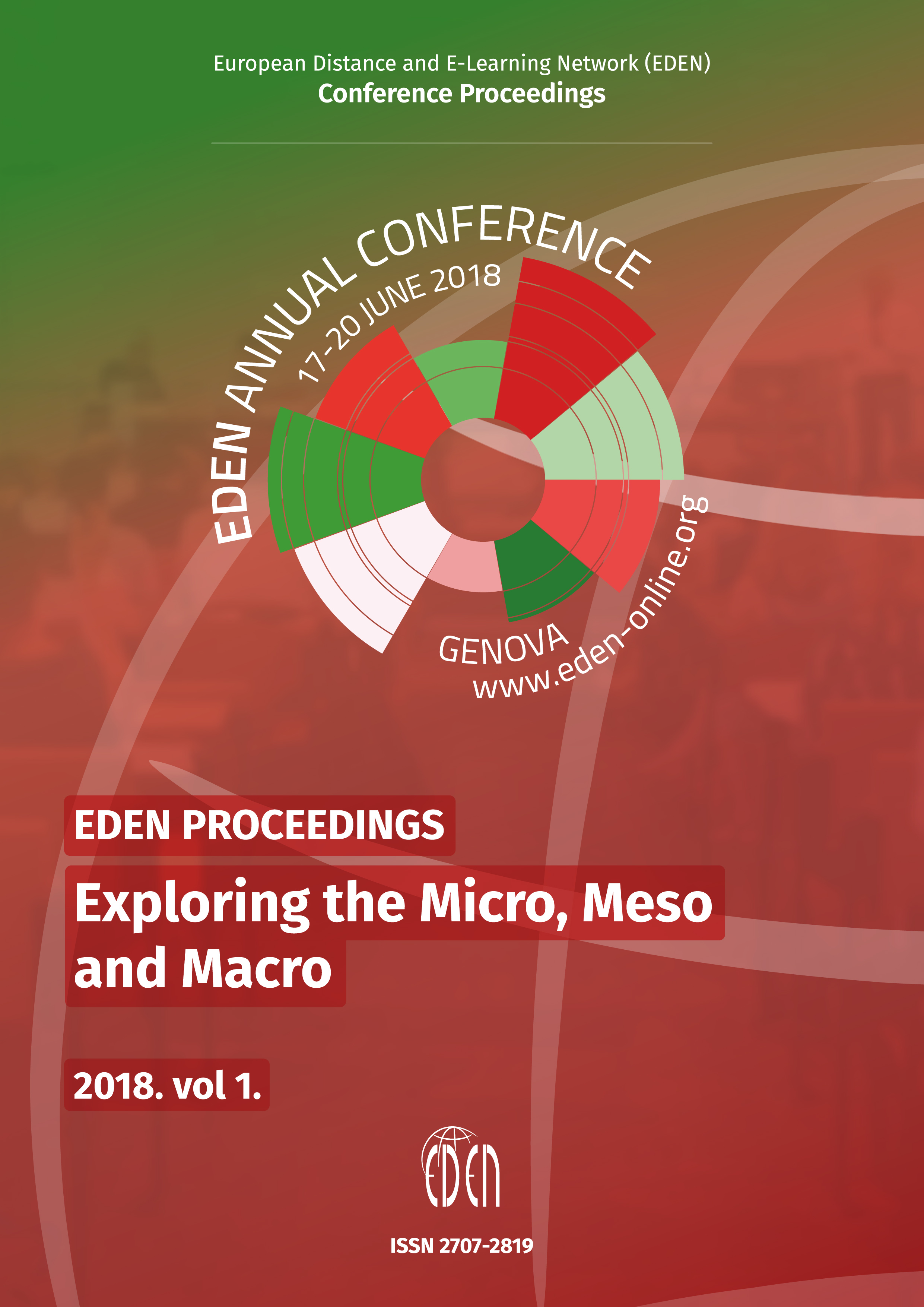Identifying Learner Types in Distance Training by Using Study Times
Identifying Learner Types in Distance Training by Using Study Times
Author(s): Klaus D. Stiller, Regine BachmaierSubject(s): Social Sciences, Education, Higher Education
Published by: European Distance and E-Learning Network
Keywords: Learning analytics; Training of teachers / trainers; Vocational training
Summary/Abstract: Distance learning research intensively investigates how to foster successful student learning(Rowe & Rafferty, 2013). One research focus is to explore the extent that learner characteristics and skills determine learning outcomes and to elaborate predictive models of performance (e.g.,Akçapınar et al., 2015; Yukselturk & Bulut, 2007). Although these approaches often start with diagnostics of learner characteristics before learning (e.g., Yukselturk & Bulut, 2007), diagnostic methods applied while learning are becoming popular nowadays (e.g., Kinnebrew et al., 2013; Lile, 2011). Modern approaches use data mining and learning analytics to identify learners that have problems. These methods attempt to benefit from objective data that are provided by various types of log systems catching online traces (e.g., Akçapınar, 2015). Data mining methods might result in better online diagnostics and intervention methods when the mechanisms behind usage pattern are known. Hence, it is recommended to relate usage patterns to student characteristics to render them meaningful (Akçapınar, 2015).
Journal: European Distance and E-Learning Network (EDEN) Conference Proceedings
- Issue Year: 2018
- Issue No: 1
- Page Range: 78-86
- Page Count: 9
- Language: English

